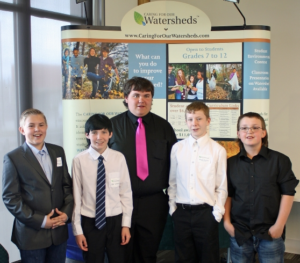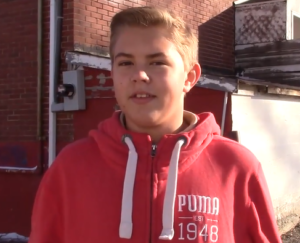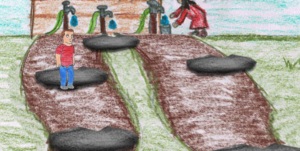2023, Medicine Hat, Alberta, Canada
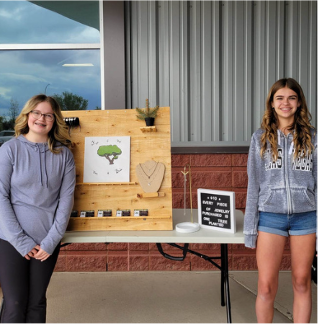
Taylor and Kyptin raised money for tree planting by selling jewelry. They wanted to give people an opportunity to participate in something beneficial for the environment. Their goal was to expand awareness by encouraging others to share their platform. With each purchase made they would donate to a local tree planting group. They advertised their product on a variety of social media channels, on a local radio station, and with schools.
The Sustainable Development Goals they focused on were #6 Clean Water and Sanitation, #13 Climate Action, #15 Life on Land, and #17 Partnerships for the Goal.
They partnered with Trees Canada and were able to get 125 trees planted by May 2023. Some future partnerships they want to make were with AWES, 2 Billion Trees program, and Trees for Life. All profits that are made will go towards the donation. They have been able to start a sustainable business that helps the community and environment.
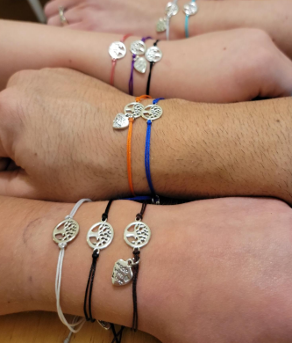

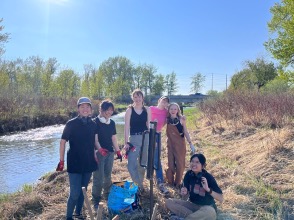
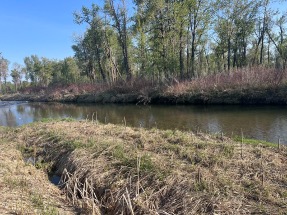
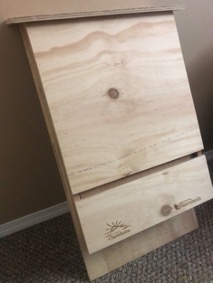
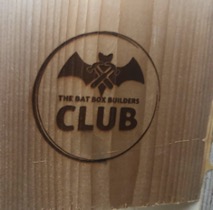
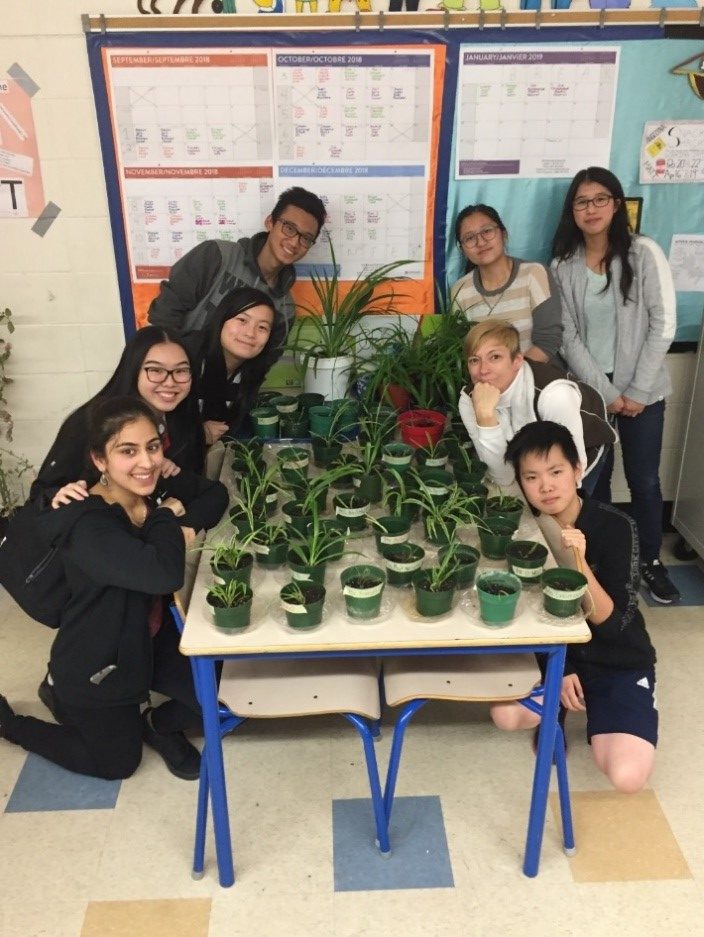
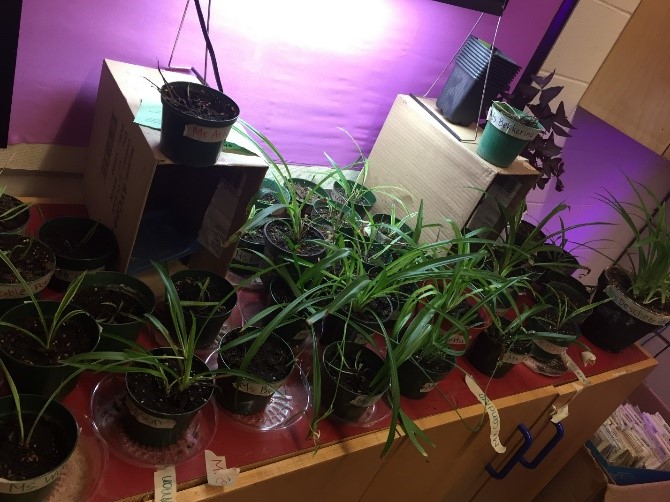
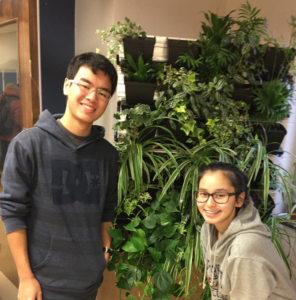
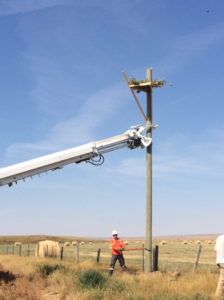
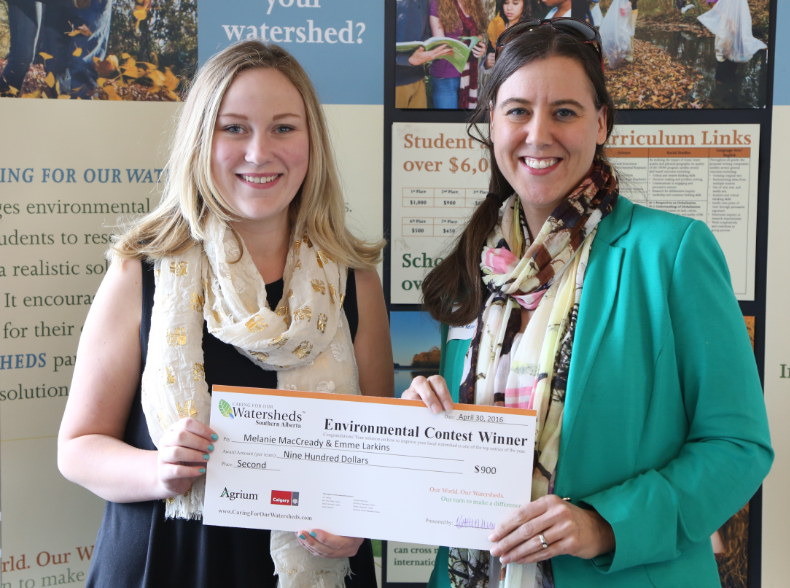 in the 2016 CFOW contest, with their project “St. James Outdoor Classroom”.
in the 2016 CFOW contest, with their project “St. James Outdoor Classroom”.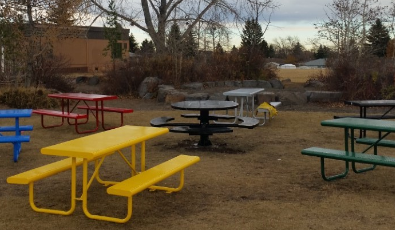 There have been picnic tables, garbage cans and recycling bins installed in the natural learning area, with plans to expand and continue to develop the area with additional natural features in the future. Research has shown that teaching outdoors makes educators more confident and enthusiastic about their work, and more innovative in their teaching strategies. By extension, schools benefit from the leadership and influence of their teachers who take students outside. Studies indicate that students that are given the opportunity to learn in a natural setting often score higher on tests, experience less anxiety and have more confidence.
There have been picnic tables, garbage cans and recycling bins installed in the natural learning area, with plans to expand and continue to develop the area with additional natural features in the future. Research has shown that teaching outdoors makes educators more confident and enthusiastic about their work, and more innovative in their teaching strategies. By extension, schools benefit from the leadership and influence of their teachers who take students outside. Studies indicate that students that are given the opportunity to learn in a natural setting often score higher on tests, experience less anxiety and have more confidence.
